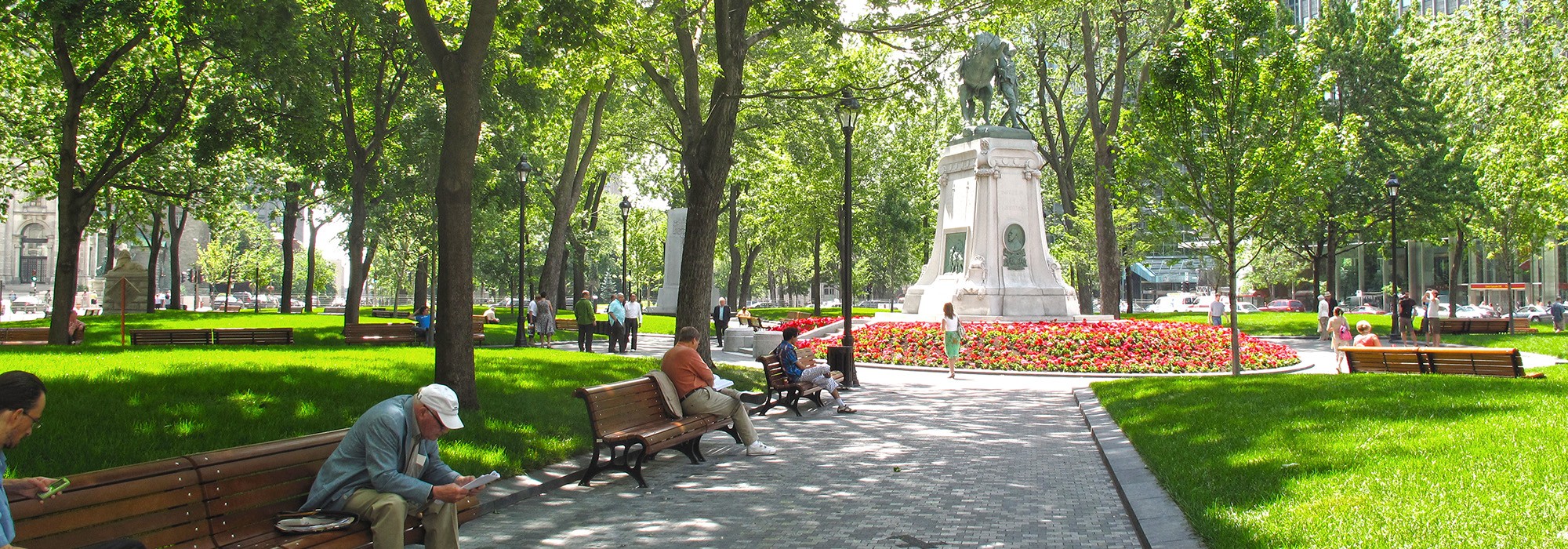A Tribute to Claude Cormier
The late Claude Cormier’s influential and remarkable landscape legacy was the focus of two days of activities in Montréal June 27-28, 2024 – a screening of a new video oral history and a daylong tour of built works.

On the evening of the 27th, a 42-minute-long preview from a new, 115-minute-long Pioneers Oral History with Cormier was held at the Canadian Center for Architecture (CCA). and featured remarks from CCA founder Phyllis Lambert who recalled the “Faustian bargain” she struck with Cormier decades earlier: she would pay for his tuition to the Harvard University Graduate School of Design, and he would develop and implement a maintenance protocol for the CCA. In the oral history Cormier recalled the deal was “a game changer in my whole life and practice.” Following the screening there was a panel discussion with three of Cormier’s colleagues.
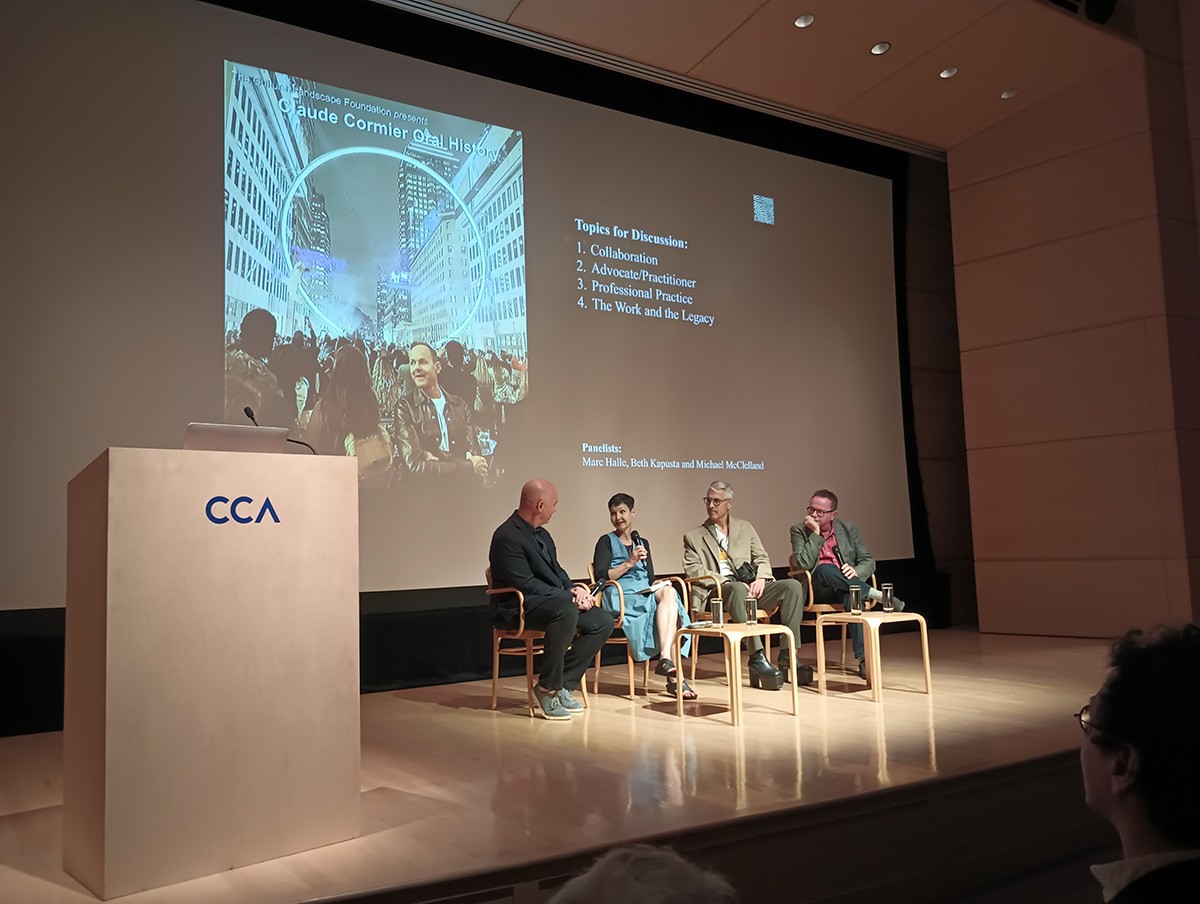
The following day some three dozen attendees enjoyed a daylong excursion to several Cormier-designed projects in Montréal led by the firm’s four principals – Sophie Beaudoin, Marc Hallé, Guillaume Paradis, and Yannick Roberge – along with a private lunch. The group met at the new offices of CCxA (formerly Claude Cormier + Associés) for light refreshments and a preview of the day’s activities.
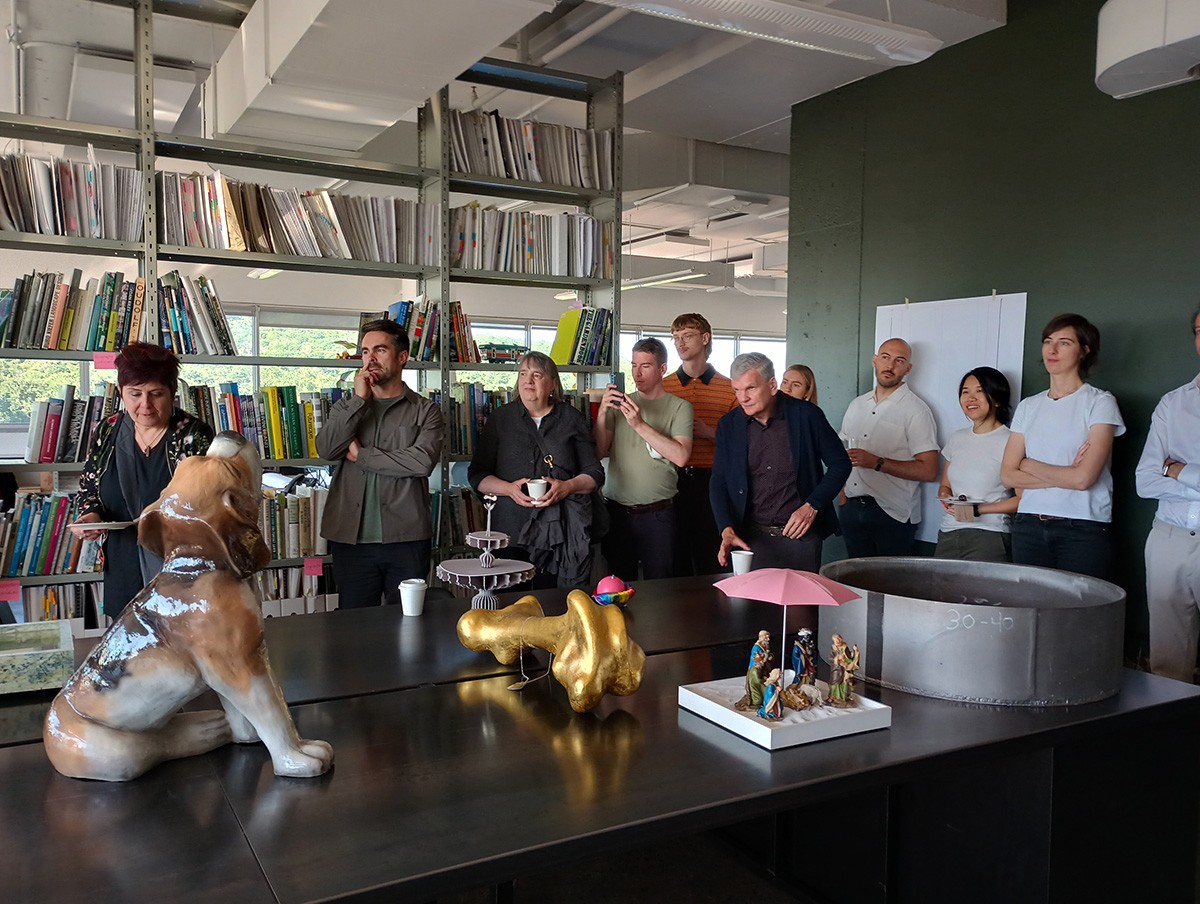
On a table in the center of the room were models for a cast bronze dog and a gilt bone from Berczy Park in Toronto, a cross-section of The Ring, and other artifacts. The firm’s new offices look out on to Mount Royal, designed by one of Cormier’s greatest influences, Frederick Law Olmsted, Sr.
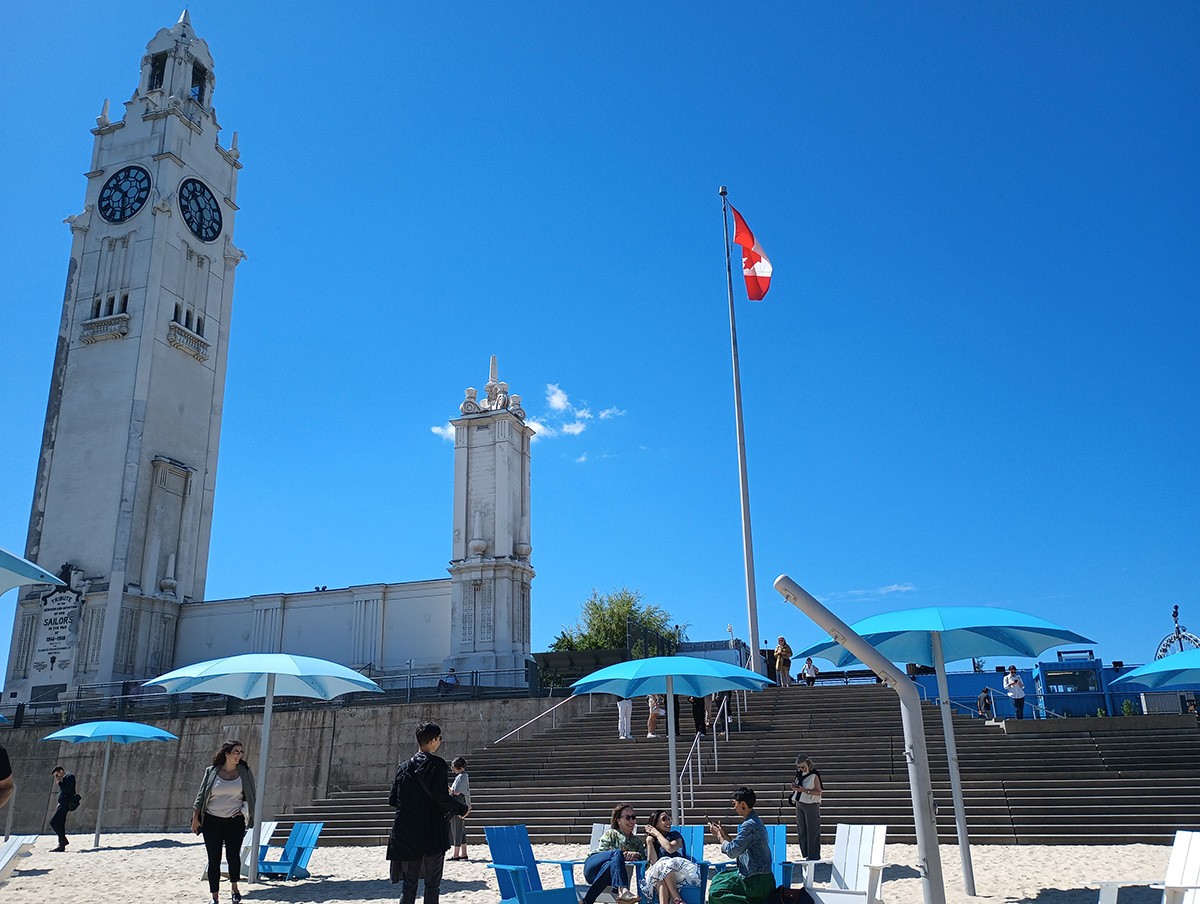
A short bus ride took attendees to Clock Tower Beach, 3.2-acre relatively flat, bi-level waterfront park located in the city’s Old Port neighborhood and completed in 2012 that incorporates a triangular-shaped quay that extends into the St. Lawrence River. Guillaume Paradis discussed the park’s lower level, which is characterized by two sandy beaches interspersed with blue umbrellas and movable chairs. The upper level, he noted, was marked by grain sheds and conveyors for much of the twentieth century, and still includes a Beaux-Arts clocktower (1922), designed by engineer Paul Leclaire to commemorate Canadian seamen who died in World War I.
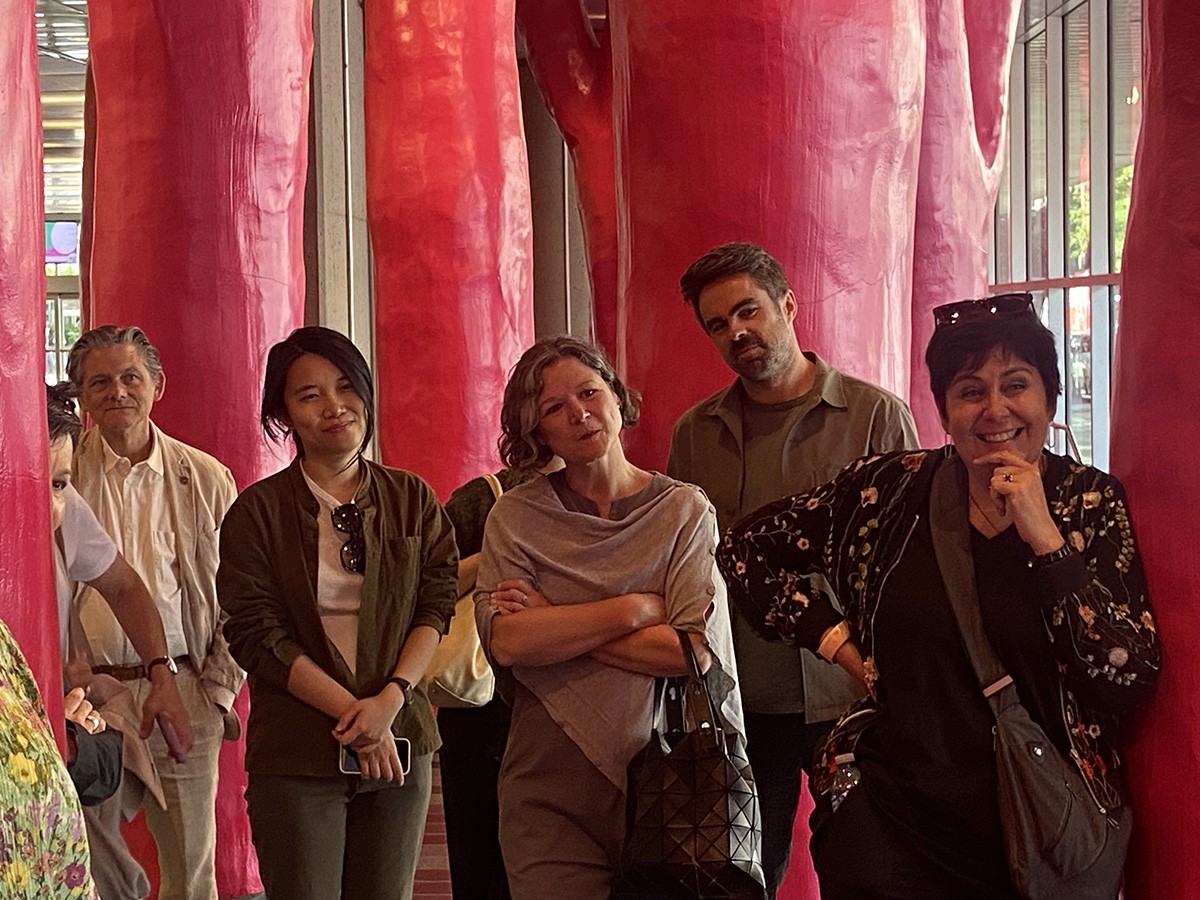
The next stop was the Palais des Congrès de Montréal, home one of Cormier’s most controversial and beloved works, the Lipstick Forest; Marc Hallé explained the project. Along a narrow 0.2-acre sliver of the convention center’s main entry hall Cormier installed an “artificial forest” of 52 pink lacquered, vertical, hand-cast concrete sculptures extending from the floor to the ceiling. As Cormier makes clear in the oral history, they are “artificial but not fake.” An early built project for the firm, Lipstick Forest demonstrates Cormier’s subversive and playful aesthetic, through lines of his career.
At Place d’Youville Sophie Beaudoin relayed the history of the site which is located west of the St. Lawrence River in Old Montreal and measures 3.7 acres. Spanning four blocks, the competition-winning design incorporates a median framed by Place d’Youville. Paving materials play an interpretive role and were selected to illustrate the history and evolution of the site over a 500-year span, with paths radiating from building entrances reflecting each building’s historic use. (For example, residential uses are characterized with wood, while cultural and civic destinations are paved in stone.)
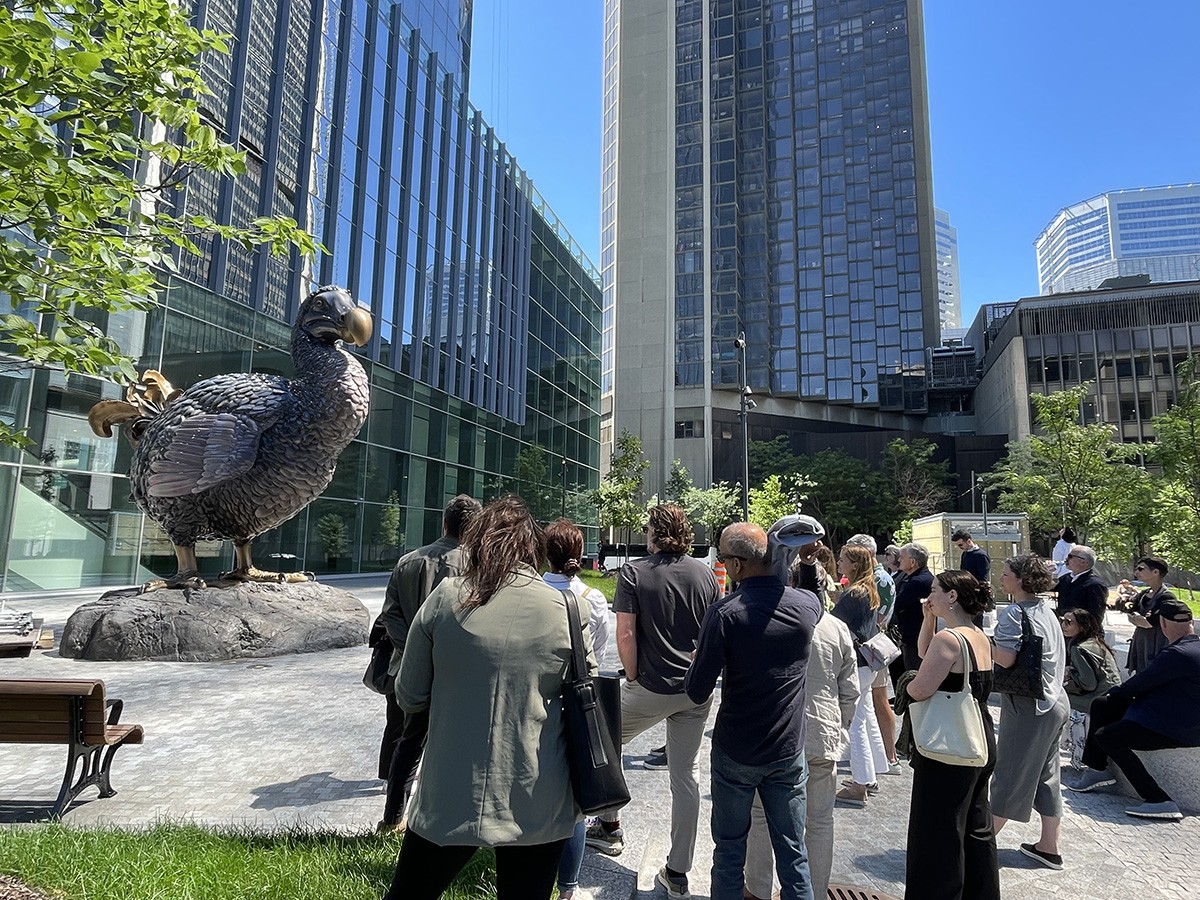
Following a refreshing lunch, the group proceeded to Parc Michel-Bélanger a site nearing completion at the base of the 40-story-tall National Bank headquarters and constructed over underground parking. The design is inspired by Montréal Victorian squares and features a central oval form with stone seats and paths that radiate out from the center. Specifically commissioned for the park is Myfanwy MacLeod’s twenty-foot-tall sculpture “Song of the Dodo.”
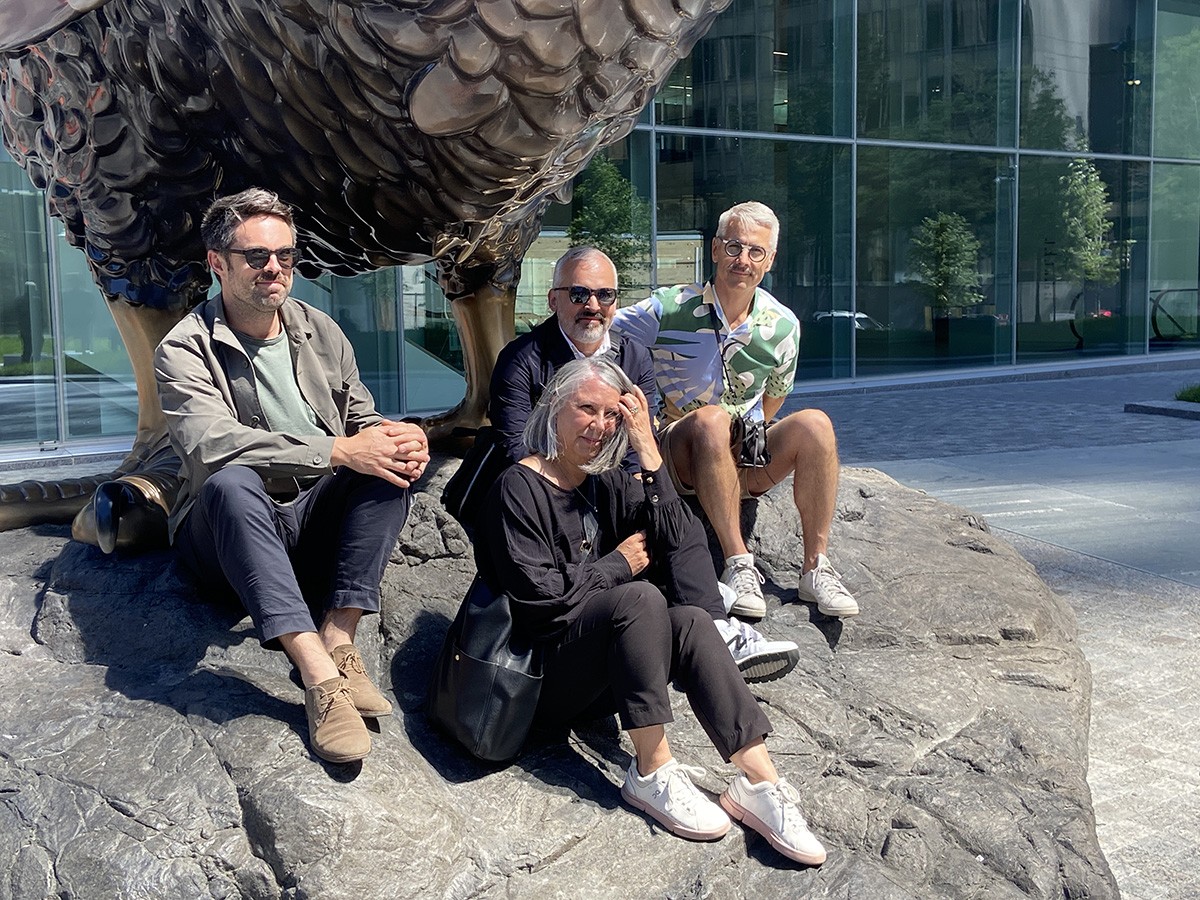
Next up was Dorchester Square, a 2.7-acre rectilinear park divided by René-Lévesque Boulevard, that was established in 1880 on the site of Saint-Antoine Cemetery. Yannick Roberge described how Cormier used square pavers of different dimensions, textures, and grey tones to differentiate the park’s interior and perimeter paths.
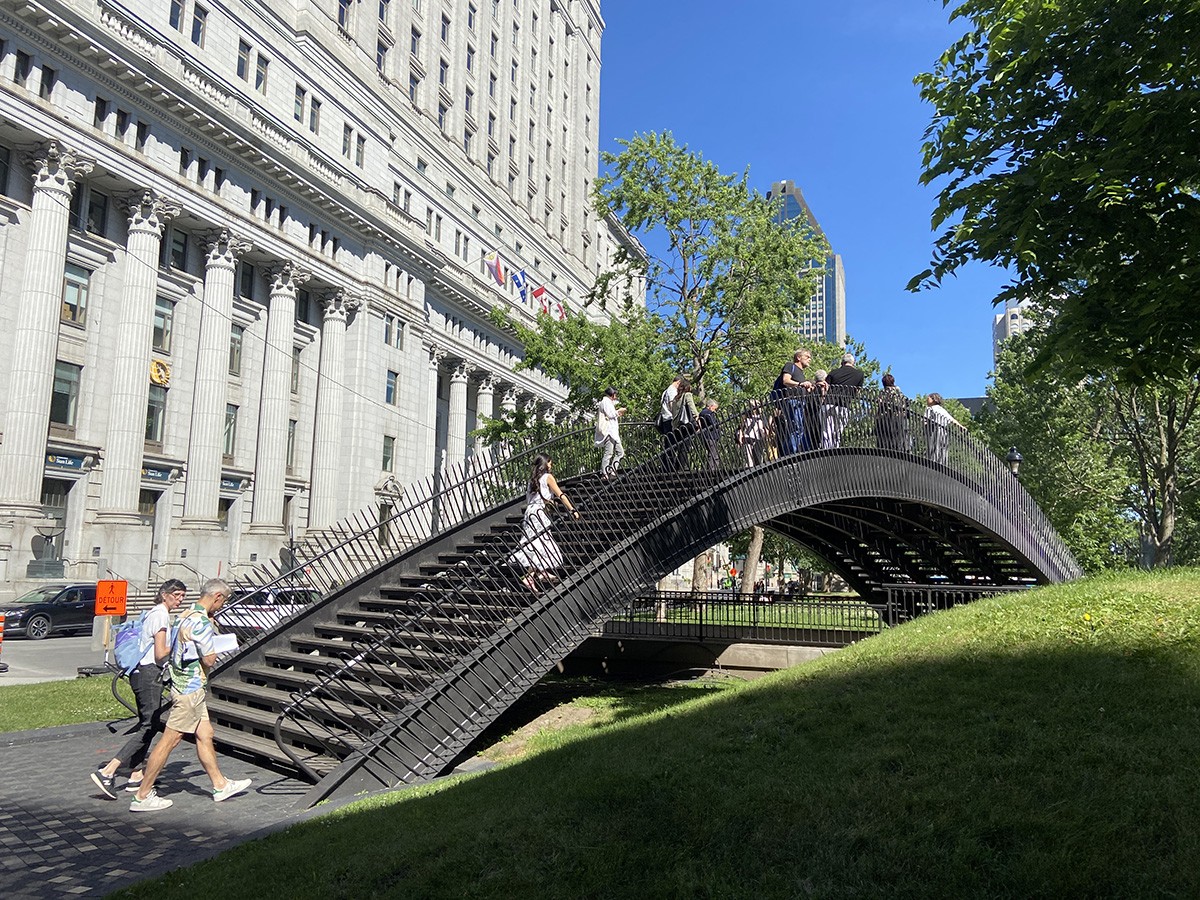
Latin crosses interpose the interior walkways, commemorating the approximately 50,000 human remains still buried on site. Among Cormier’s most notable design features are Venetian-style pedestrian bridges that cover the entrances to underground parking and a large, Victorian-style fountain that is sliced in half, a simple yet remarkable gesture that Cormier says in the oral history was done to accommodate a new road for tourist buses and a fire lane.
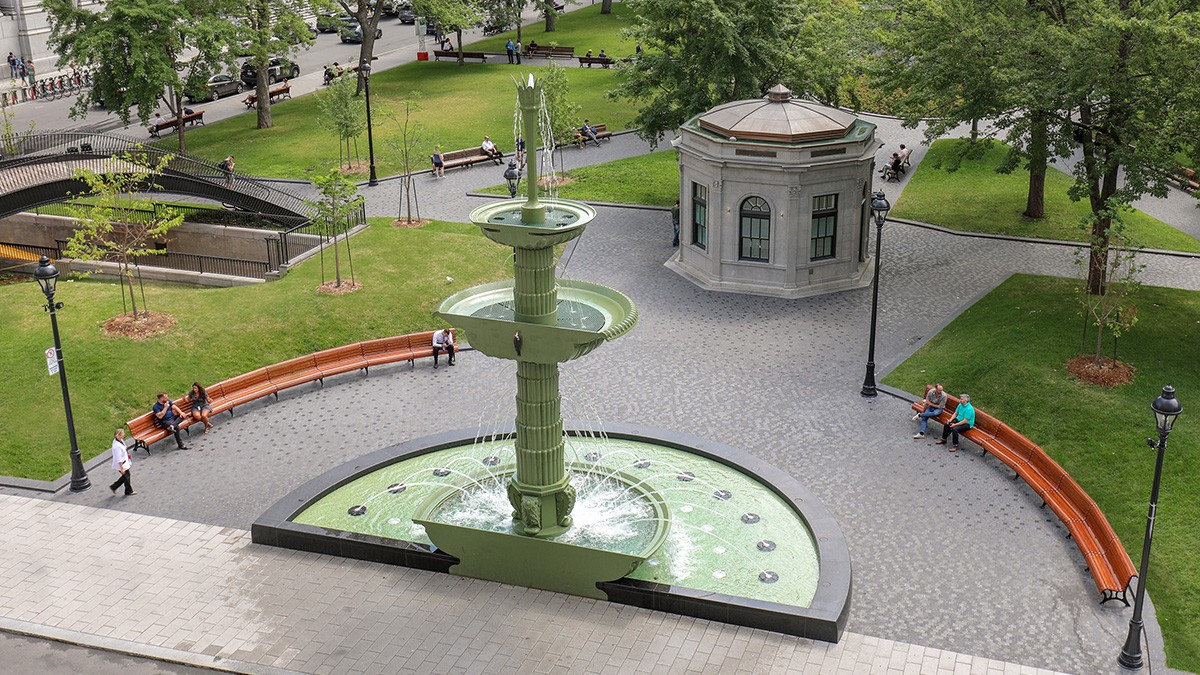
The final stop of the daylong excursion was The Ring, a monumental, 98-foot-diameter stainless-steel, site-specific installation in the newly renovated Place Ville Marie that is elevated above the ground plane and positioned snuggly between two Modernist structures.
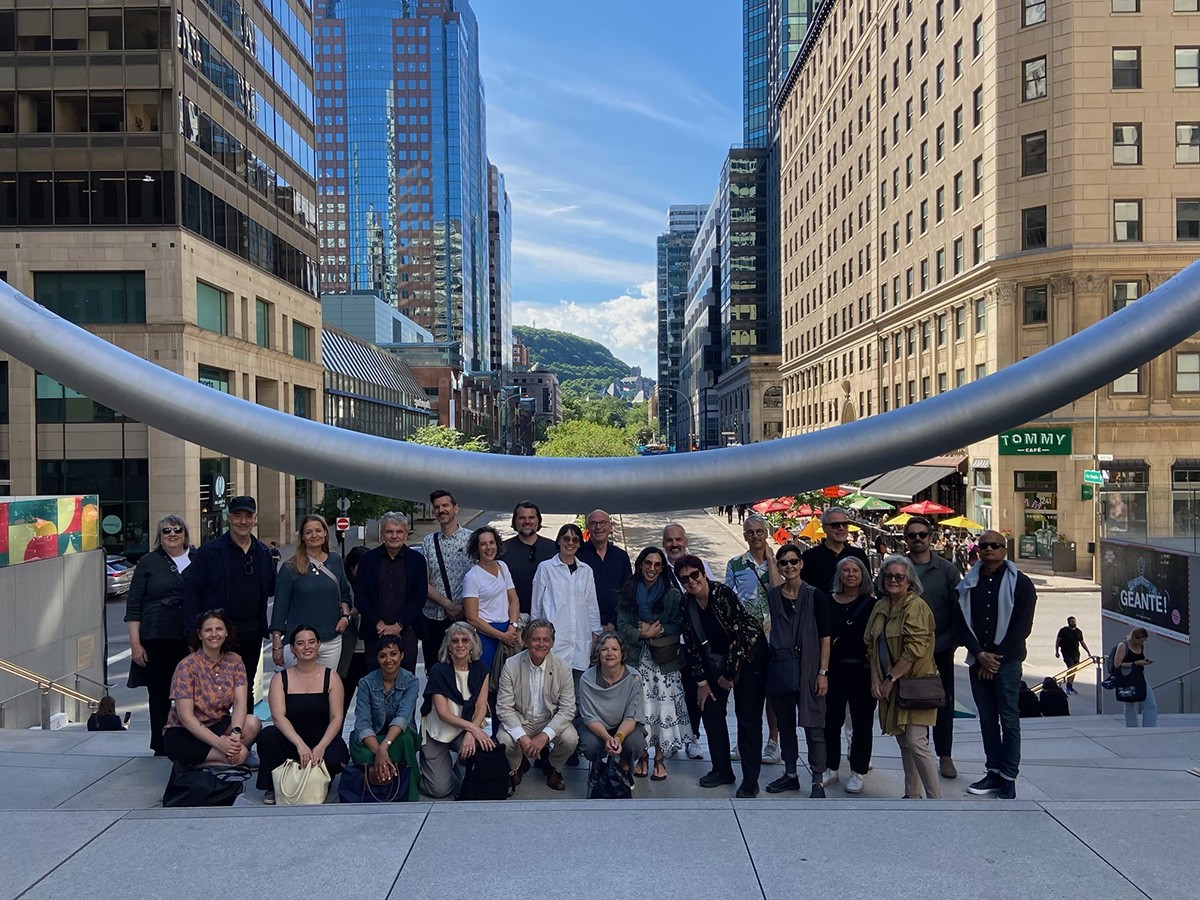
Yet another simple but remarkable gesture, The Ring unifies the rectilinear plaza and frames a view to the Olmsted, Sr.-designed Mount Royal in the distance. The event an overtime, but no one seemed to mind. In fact, most didn’t want the day to end.



